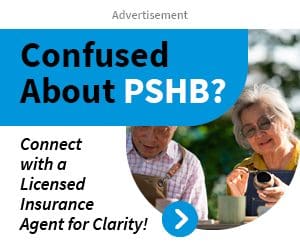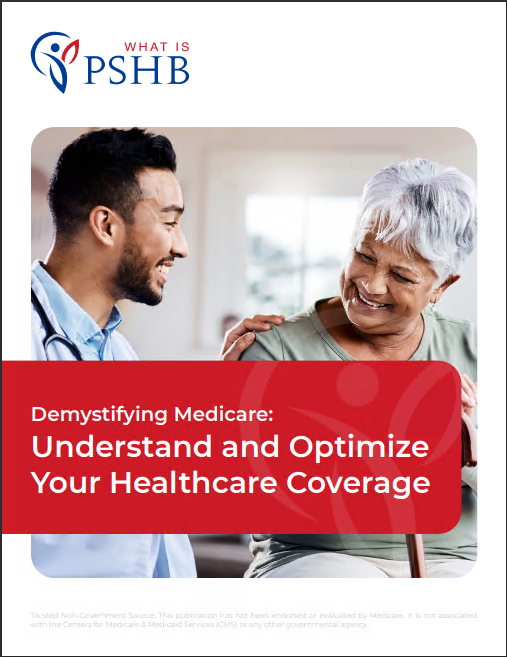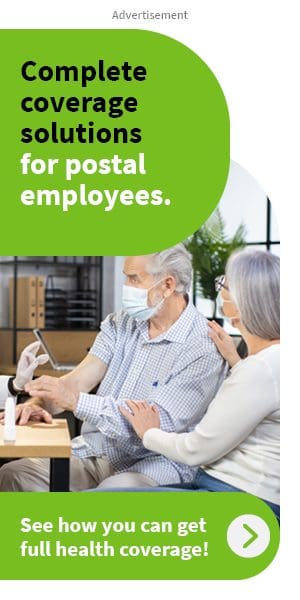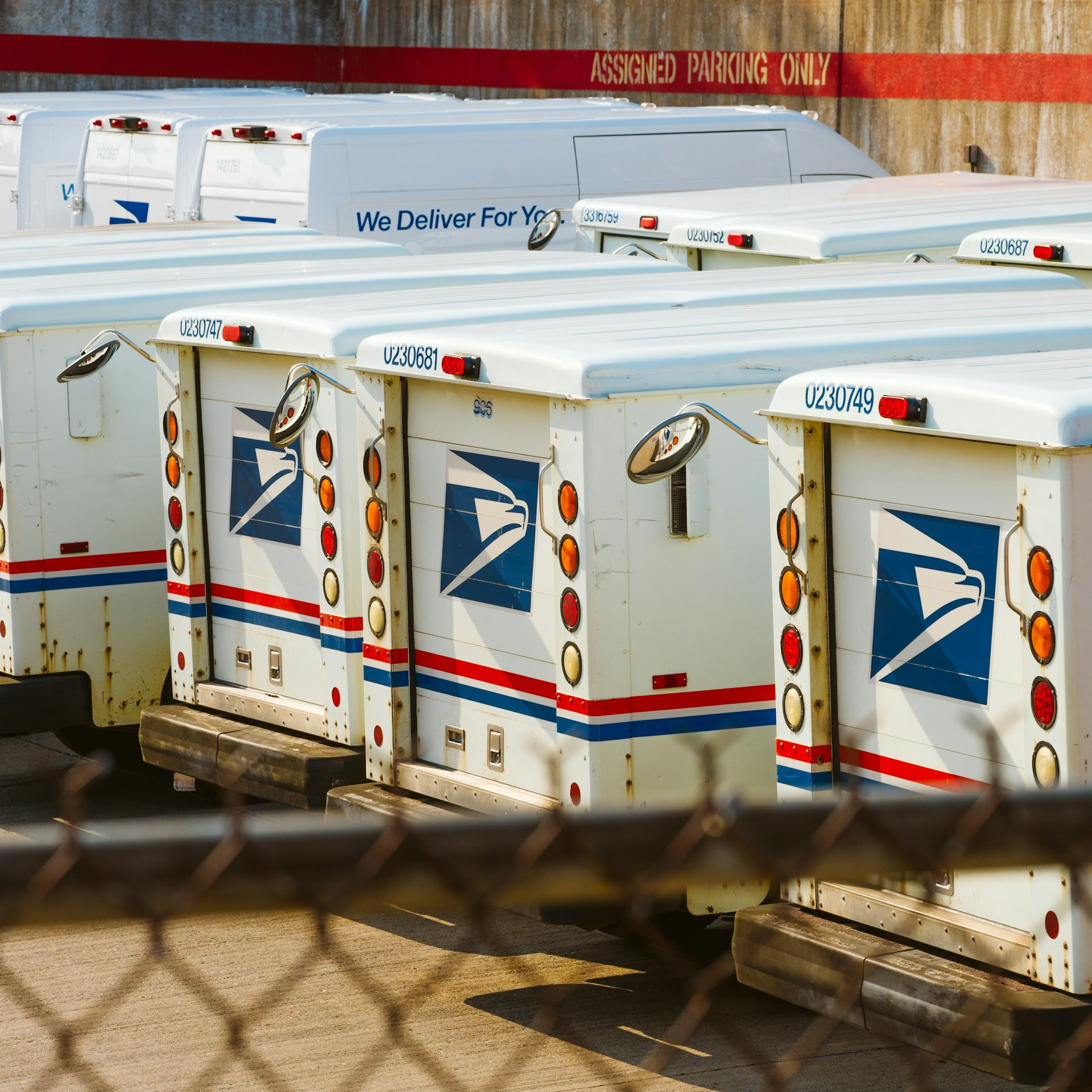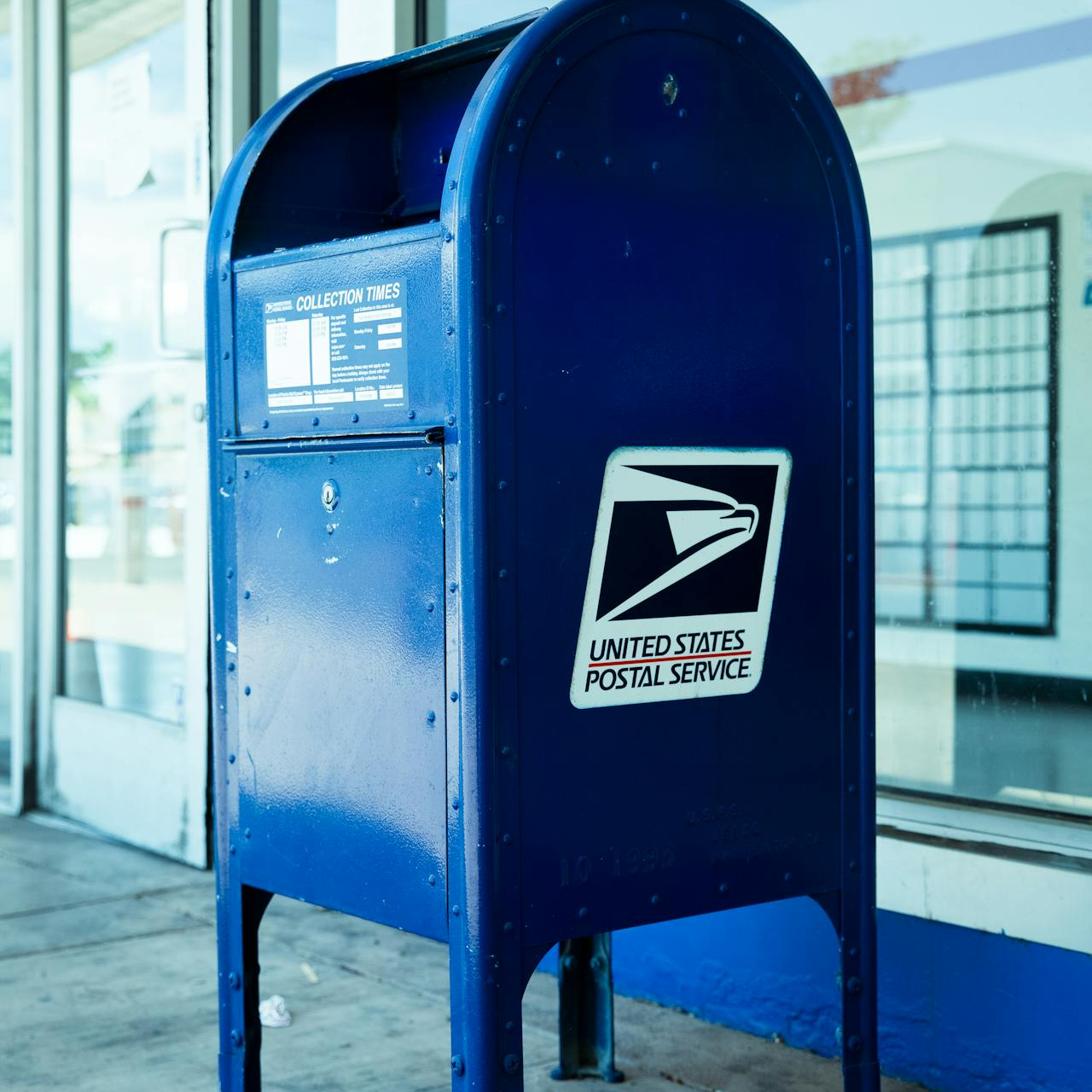Key Takeaways
- Significant changes to the Postal Service Health Benefits (PSHB) program are set to take effect in 2025, requiring postal employees and retirees to prepare for new enrollment procedures.
- Understanding the new PSHB program and how it interacts with Medicare will be crucial for postal workers to ensure continuous health coverage.
Big Changes Coming to Postal Service Health Benefits: What You Need to Prepare For in 2025
The U.S. Postal Service is on the brink of implementing major changes to its health benefits program. These modifications, slated to roll out in 2025, will fundamentally alter how postal workers and retirees receive their health coverage. Understanding these changes and preparing for them is essential for ensuring seamless health coverage during and after this transition. Here’s what you need to know and how to get ready for the upcoming changes.
What Is Changing with the Postal Service Health Benefits Program?
The Postal Service Health Benefits (PSHB) program, a new health insurance system specifically designed for U.S. Postal Service employees and retirees, will replace the current Federal Employees Health Benefits (FEHB) program. This change is part of the Postal Service Reform Act of 2022, which aims to stabilize the Postal Service’s finances and ensure the sustainability of its benefits programs.
One of the most significant changes under the PSHB program is the requirement for eligible postal retirees to enroll in Medicare Part B. While many postal retirees are already enrolled in Medicare, those who are not will need to sign up to maintain their health coverage. This mandate is a critical aspect of the new program and will affect thousands of postal retirees.
How Will These Changes Affect Current and Future Retirees?
For current retirees, especially those born before 1986, the new requirement to enroll in Medicare Part B could lead to additional costs and considerations. Although these retirees were not previously required to have Medicare Part B, they will now need to decide whether to enroll to keep their PSHB coverage. For some, this might involve paying a higher premium due to late enrollment penalties if they have delayed signing up for Medicare.
Future retirees, particularly those who plan to retire after 2024, will also need to navigate the new PSHB system. They will be required to enroll in Medicare Part B as soon as they become eligible to avoid penalties and ensure continuous coverage under the PSHB. Understanding the timing and process for Medicare enrollment will be crucial to avoid any gaps in health coverage.
Why Is Medicare Part B Enrollment Becoming Mandatory?
The inclusion of Medicare Part B as a requirement for postal retirees under the PSHB program is designed to reduce overall healthcare costs for the Postal Service. By shifting a portion of healthcare expenses to Medicare, the Postal Service can lower the premiums it pays for retiree health benefits. This cost-saving measure is expected to help stabilize the financial status of the Postal Service and maintain the viability of its benefits programs.
Moreover, integrating Medicare into the PSHB program aligns the Postal Service’s health benefits with other federal programs, where Medicare enrollment is already a standard requirement. This change reflects a broader trend in public sector benefits, emphasizing the importance of Medicare in retirement planning.
What Steps Should You Take to Prepare for These Changes?
Preparing for the transition to the PSHB program involves several important steps for postal employees and retirees. Here’s a breakdown of what you should do:
-
Understand the New Enrollment Requirements: Familiarize yourself with the PSHB program’s eligibility criteria and Medicare enrollment requirements. Knowing when and how to enroll in Medicare Part B will help you avoid penalties and ensure continuous health coverage.
-
Review Your Current Health Benefits: Assess your current health insurance coverage under the FEHB program and compare it with what will be available under the PSHB. This comparison will help you understand the differences in benefits, costs, and coverage options.
-
Plan for Medicare Part B Enrollment: If you are a retiree or nearing retirement, plan your Medicare Part B enrollment carefully. Consider the timing of your enrollment, potential costs, and how it will affect your overall health coverage.
-
Attend Information Sessions and Workshops: The Postal Service and federal agencies are expected to offer information sessions, workshops, and other resources to help postal employees and retirees understand the changes. Take advantage of these opportunities to ask questions and get clarification on any aspects of the PSHB program.
-
Consult with a Licensed Insurance Agent: If you have specific questions or concerns about your health coverage options under the new PSHB program, consider consulting with a licensed insurance agent. They can provide personalized advice based on your individual situation and help you navigate the complexities of Medicare and the PSHB program.
What Happens If You Don’t Enroll in Medicare Part B?
Failing to enroll in Medicare Part B when it becomes a requirement under the PSHB program could have serious consequences. Without Medicare Part B, you may lose your PSHB coverage, leaving you without health insurance. Additionally, if you delay your Medicare Part B enrollment, you could face late enrollment penalties, which would increase your premiums for the rest of your life.
To avoid these issues, it is crucial to enroll in Medicare Part B as soon as you become eligible, particularly if you plan to retire after the PSHB program takes effect in 2025. Being proactive about your health insurance choices will help you maintain continuous coverage and avoid unnecessary costs.
How Will These Changes Impact Your Finances?
The transition to the PSHB program and the requirement to enroll in Medicare Part B will have financial implications for many postal retirees. While the shift is designed to save money for the Postal Service, individual retirees may see changes in their healthcare costs. Medicare Part B premiums, deductibles, and copayments will become part of your healthcare expenses if you are required to enroll.
It is essential to budget for these new costs and consider how they will affect your retirement income. Planning ahead and understanding the financial aspects of the PSHB program will help you make informed decisions about your health coverage and ensure that you are financially prepared for the changes.
Are There Any Exceptions to the Medicare Part B Requirement?
While most postal retirees will be required to enroll in Medicare Part B under the new PSHB program, there may be some exceptions. For example, retirees who have other forms of creditable coverage, such as through a spouse’s employer plan, may not need to enroll in Medicare Part B immediately.
If you believe you may qualify for an exception, it is important to review the specific rules and guidelines provided by the PSHB program. In some cases, you may need to provide proof of other creditable coverage to avoid penalties or loss of PSHB coverage.
What Resources Are Available to Help You Navigate the Transition?
To assist with the transition to the PSHB program, the Postal Service, and federal agencies are expected to provide various resources. These may include informational brochures, online tools, and dedicated helplines to answer questions about the new program and Medicare enrollment requirements.
Additionally, external resources such as the official Medicare website (Medicare.gov) and the Office of Personnel Management (OPM) website will offer guidance on how to manage your health coverage during this transition. These resources can be invaluable in helping you understand your options and make the best decisions for your health and financial well-being.
What Should You Do If You Have More Questions?
If you have further questions about the PSHB program or your health coverage options, reaching out to a licensed insurance agent or attending an informational session may be beneficial. These professionals and events can provide detailed explanations and answer specific questions about your situation.
Remember, preparing for these changes well in advance will give you peace of mind and ensure that you are fully equipped to handle the transition smoothly.
Preparing for 2025 and Beyond
The upcoming changes to the Postal Service Health Benefits program represent a significant shift for postal employees and retirees. As 2025 approaches, staying informed and proactive will be key to navigating this transition successfully. By understanding the new PSHB program, enrolling in Medicare Part B as required, and planning for the financial implications, you can ensure that your health coverage remains secure during this period of change.
These changes may seem complex, but with the right preparation and resources, postal workers and retirees can face 2025 with confidence, knowing that they are ready for whatever comes next.
Contact Information:
Email: [email protected]
Phone: 7275557890
